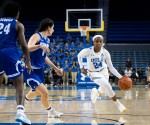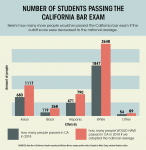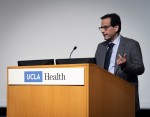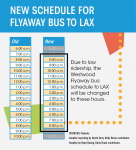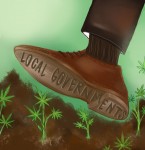This coming offseason for UCLA men’s basketball will be a pivotal one.
The program is expected to launch an expansive coaching search for Steve Alford’s replacement, and while the Bruins accomplished just a 7-6 nonconference record including home losses to Belmont and Liberty, do not write off this season’s team.
Since naming Murry Bartow the interim head coach, UCLA has picked up back-to-back wins over Stanford and California to open up Pac-12 play. The Bruins are also playing a more exciting brand of basketball that is better suited for its young roster – play fast and live with the consequences.
In the 13 games played under Alford this season, UCLA scored just 76.5 points per game on an average of 74.3 possessions. Under Bartow, the Bruins are scoring 95 points per game on 80 possessions a night.
UCLA has also been scoring at a high clip in transition, averaging 21.5 fast break points per game in Bartow’s two games at the helm.
The uptick in pace has come at a price, as the Bruins have turned the ball over a combined 33 times in their last two contests. However, they understand that playing a more up-tempo style of basketball will lead to an increase in turnovers due to the elevated number of possessions it generates on a nightly basis.
But it’s not just the newfound style of play that should excite Bruins fans about the remainder of the season. Through one week of Pac-12 competition, it has become clear that the conference is wide open for the taking.
Despite all of its on-court struggles and injuries during the first two months of the season, UCLA still ranks among the top five in the conference in scoring, field goal percentage and assists per game.
The preseason favorite to win the Pac-12 – Oregon – lost freshman standout Bol Bol for the season last week after he suffered a stress fracture in his left foot. Bol was averaging 21 points and 9.6 rebounds per game before the injury – good for the team lead in both categories by a significant margin.
Outside of Oregon, the biggest competition for UCLA is expected to be Arizona. The Wildcats are 11-4 this season, but do not have the star power they have had in recent years with players such as Lauri Markkanen and Deandre Ayton.
Arizona also lost a number of its incoming recruits before the season due to reports of bribes being handed out by coach Sean Miller. One of those recruits happens to be UCLA freshman forward Shareef O’Neal, who is out for the season due to injury.
UCLA will head out for a three-game road trip beginning Thursday that includes visits to Oregon, Oregon State and USC before returning home Jan. 24.
If the Bruins can sustain the level of play they have showed under Bartow on the road, then the possibility of a Pac-12 title in Westwood won’t sound so crazy.

